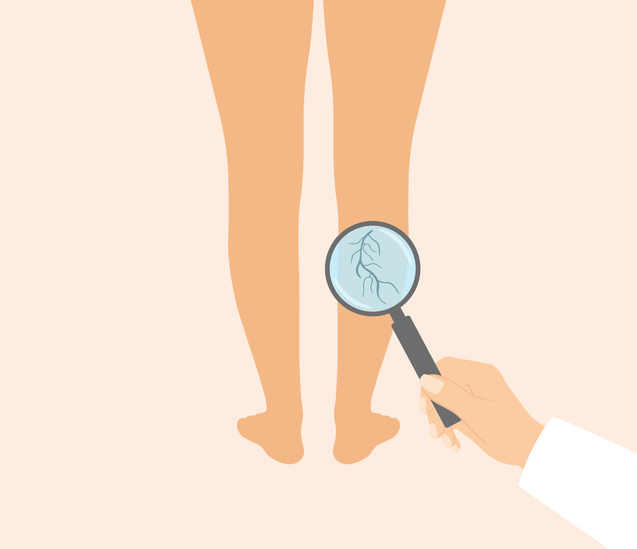You’ve probably heard of type 1 and type 2 diabetes. But there’s another form called latent autoimmune diabetes in adults (LADA), also known as type 1.5 diabetes. It’s not as well-known, but it’s more common than many people realize.
“Type 1.5 diabetes shares features of both type 1 and type 2 diabetes, which can make it hard to diagnose,” explains Ruth Pickett, a certified diabetes care and education specialist at Carilion. “It tends to show up in adults and can be easy to mistake for type 2 at first.”
What is type 1.5 diabetes?
Like type 1 diabetes (which usually occurs in children and young adults), LADA happens when the body’s immune system mistakenly attacks the cells in the pancreas that make insulin. The difference is that it comes on more slowly, and usually in adults, like type 2.
At first, your body may still make enough insulin to keep your blood sugar in check. “That’s why people with type 1.5 diabetes might see improvements on oral medicines or lifestyle changes early on,” says Ruth. Over time, though, the pancreas produces less and less insulin, and those treatments stop working.
Who’s at risk?
Type 1.5 diabetes usually shows up in adults over 30, especially those who have a personal or family history of autoimmune diseases (like thyroid disease or celiac disease).
Like other autoimmune diseases, you can’t prevent LADA.
Symptoms of type 1.5 diabetes
The symptoms can look a lot like either type 1 or type 2 diabetes:
- Feeling thirsty or needing to urinate more often
- Unexplained weight loss
- Feeling tired all the time
- Blurry vision
- Frequent infections or slow-healing cuts
Because it comes on slowly, these symptoms might be mild or easy to overlook at first.
How it’s diagnosed
If your blood sugar is high and you don’t fit the usual pattern for type 2 diabetes, your doctor might order a few blood tests:
- Autoantibody tests to check whether your immune system is attacking the cells that produce insulin
- C-peptide tests to measure how much insulin your body is still making
Together, these tests can show whether you have type 1.5 diabetes instead of type 2.
Treatment and management
There’s no cure for any type of diabetes, but treatment can help manage blood sugar and prevent complications. This often includes:
- Insulin – People with type 1.5 diabetes will eventually need insulin as their body stops making it on its own
- Healthy habits – A balanced diet, regular exercise and weight management help with overall blood sugar control
- Close monitoring – Blood sugar monitoring and regular checkups can help you and your care team adjust treatment as your insulin needs change
Why the right diagnosis matters
If type 1.5 diabetes is mistaken for type 2, treatments like oral medicines alone may not control blood sugar. Over time, that can increase the risk of problems like nerve damage, heart disease and vision problems.
Getting the correct diagnosis helps your care team prescribe treatments that protect your health and make you feel your best.
If you’re experiencing symptoms of diabetes or have questions about LADA, reach out to your family doctor or endocrinologist.

